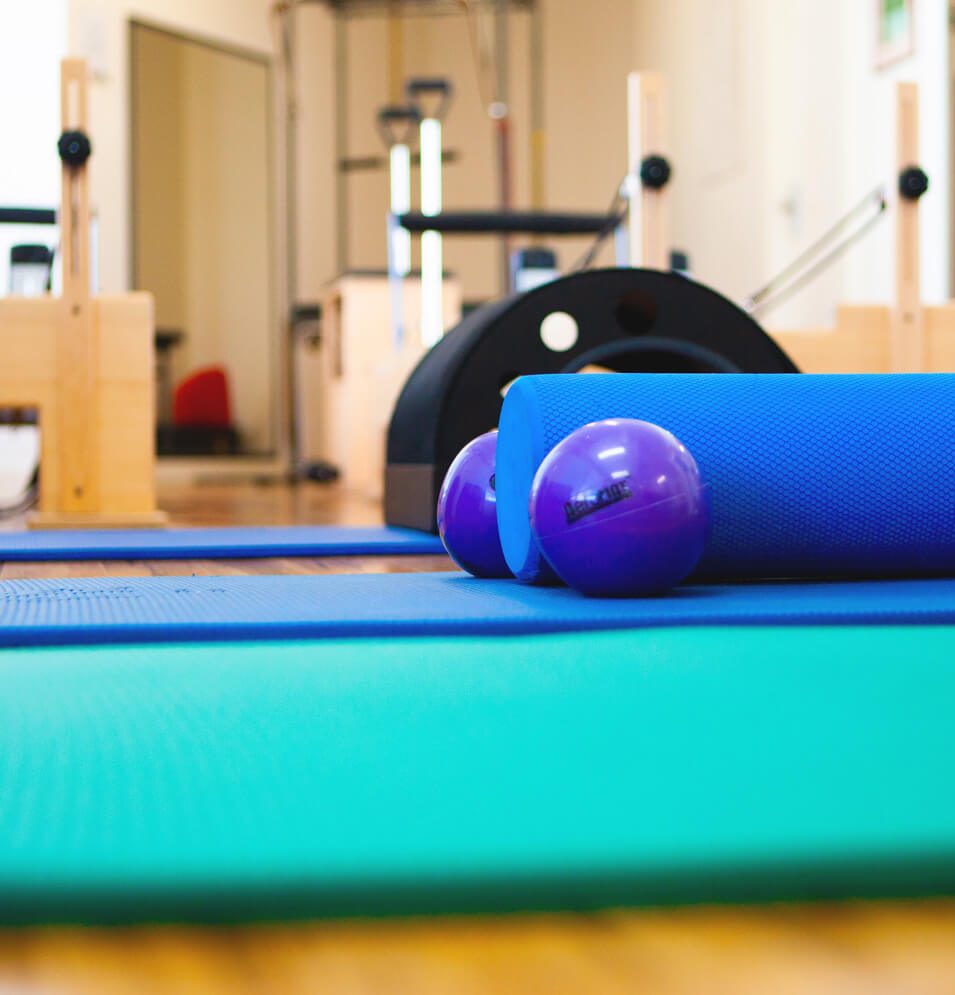At some stage in their lives eighty per cent of the population will experience back pain.
To make matters worse, after the first incidence, eighty per cent will suffer a recurrence within twelve months.
The good news is: recent research suggests that good control of your back muscles decreases the risk of hurting or re-injuring your back.
What is spinal stability?
Your spine is made up of individual blocks of bone (vertebrae), stacked on top of each other, with flexible discs sitting in between the vertebrae.
Joints between the vertebrae are stabilised by the way the bones meet each other, the ligaments that attach to vertebrae, and the surrounding muscular system.
The muscles rely on the nerves to control the timing and the force of the muscle contractions.
When your stabilising systems aren’t working well the vertebrae may move too much on each other and cause pain and discomfort.
Research, much of which has been conducted by Australian physiotherapists, has shown that joint stability is improved by very specific exercises that train the nerves and muscles around the spine.
Which muscles are important?
Muscles can be classified as either mobility or stability muscles.
The stability muscles tend to be small and deep – close to the joints.
They don’t produce much force or movement and if you don’t have a sore back they contract automatically just prior to movement commencing to provide stability.
After an injury, pain and swelling cause the stability muscles to be inhibited or ‘switched off’.
Research has shown that these muscles do not automatically regain their stabilisation ability without specific retraining.
It follows that for injury prevention, good coordination between the mobility and stability muscles is vital. This is sometimes referred to as core control.
Typically, the stability muscles are deep.
Following injury, research has shown that specific exercises are needed initially to facilitate the stability muscles in isolation (very small effort exercises).
Other exercises are then required to incorporate them into everyday activities such as sitting and walking.
Often it takes time to isolate these muscles, particularly if you have back pain.
The conventional sit-up and abdominal crunch do not regain the function of the stability muscles.
The stability muscles form a stable base from which movement can safely occur without damaging the joints.
Even if you don’t currently have back pain it may be worth learning some exercises to help prevent future back injuries.
Article written by Anthony West (B. Phty, M. Sport Phty), Senior Physiotherapist, LifeCare Taringa Physiotherapy.
For more information, see your local Lifecare practitioner
Click here to find your closest Lifecare clinic


